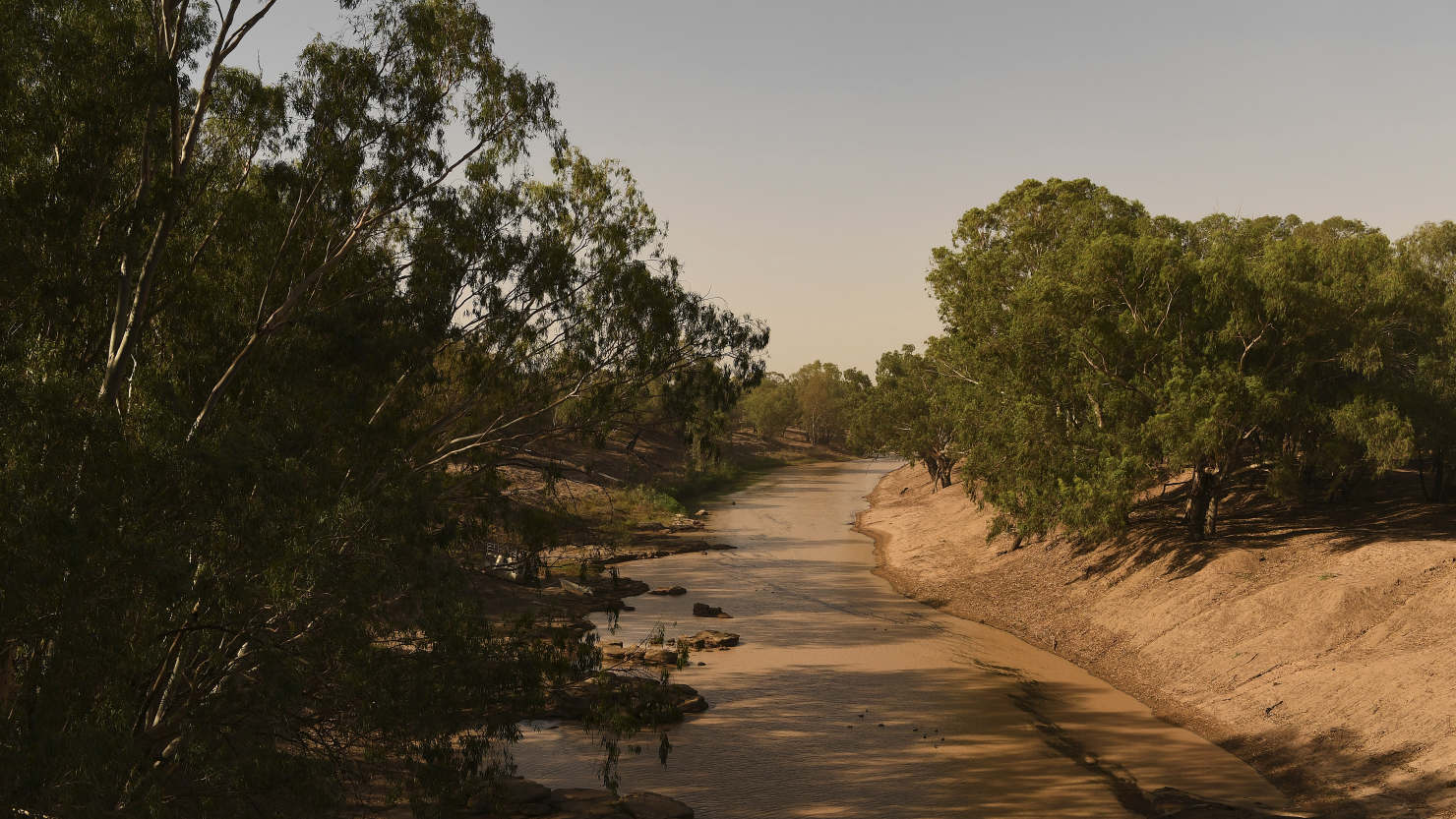Sydney Morning Herald
River flows in Australia's food bowl, the Murray Darling Basin, will decline by as much as 40 per cent over the next 50 years under the current trajectory of global warming, one of Australia's top hydrologists has warned.1. Less rainfall leads to less water flowing through our rivers
We’re already seeing evidence of less rainfall in Victoria.
In the Murray-Darling Basin, inflows have dropped 50 percent over the past 20 years compared to the century before [2]. And it is predicted to get even drier. By 2046, flows might drop to half the levels we saw between 1975-2005 – and even lower in periods of extended drought [3].

This means the river has less water flowing through it, making it more difficult for fish and turtles to survive. It also means that salt in estuaries at the river mouth doesn’t get flushed out to sea. Estuaries are some of our most diverse and ecologically important ecosystems – places like the Gippsland Lakes and Lower Lakes of the Murray – and a build-up of saltwater can have disastrous consequences. During the Millennium Drought, the Coorong became five times saltier than the ocean. Waterbird numbers were halved while invading marine tubeworms attached themselves to the backs of turtles, until they were weighed down and drowned.
When salt builds up, it also starts encroaching upstream, which is why scientists say a river dies ‘from the mouth up’. You can learn more in this great video from our friends at Conservation SA.